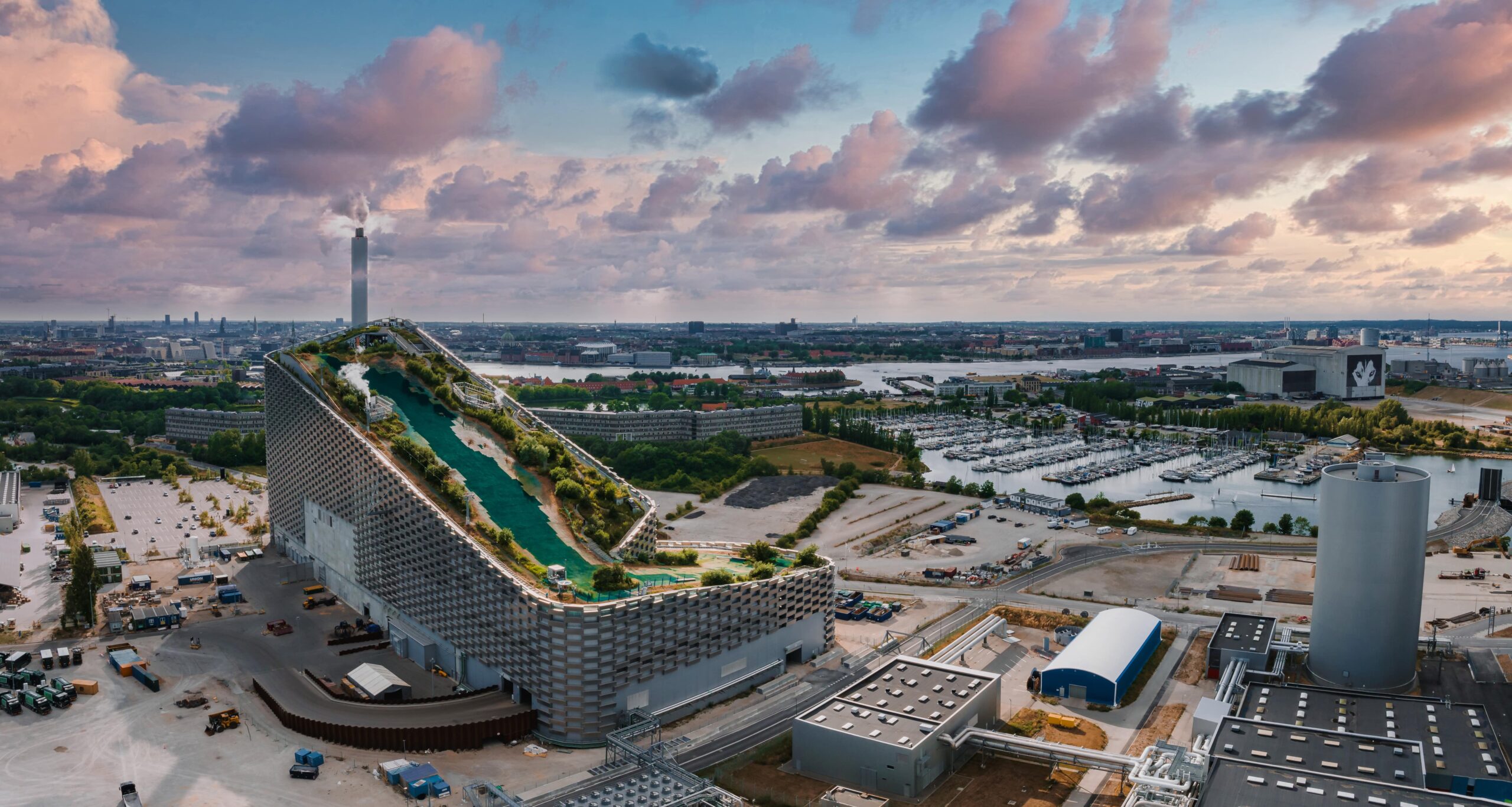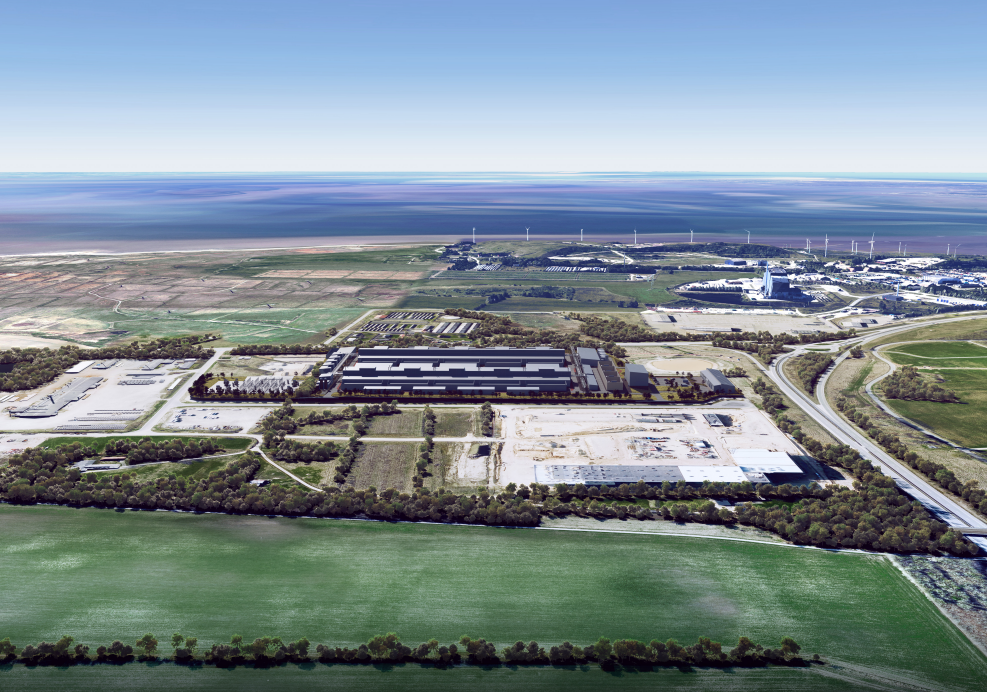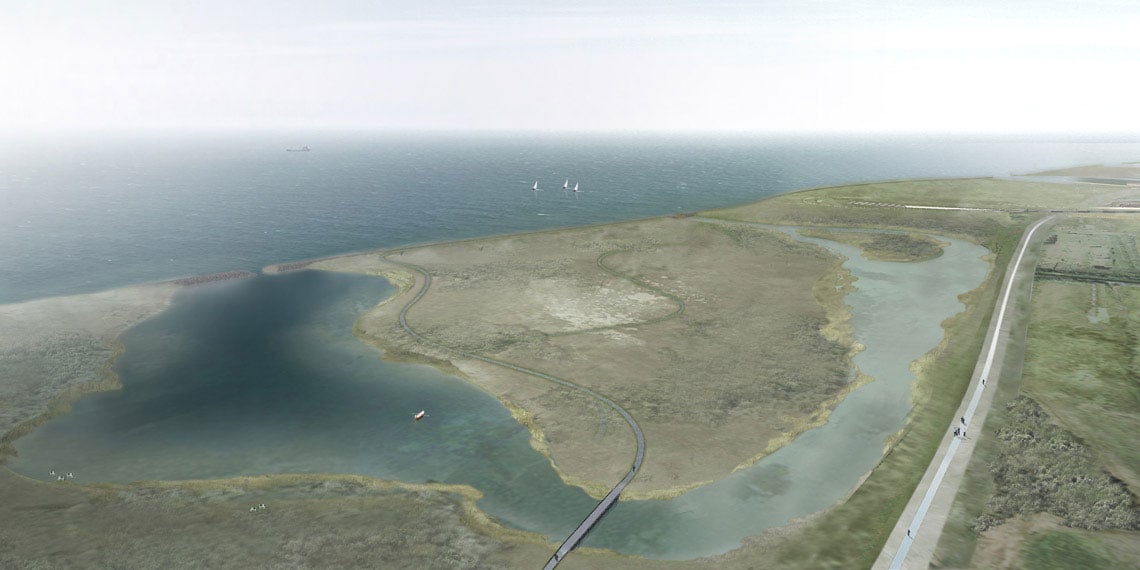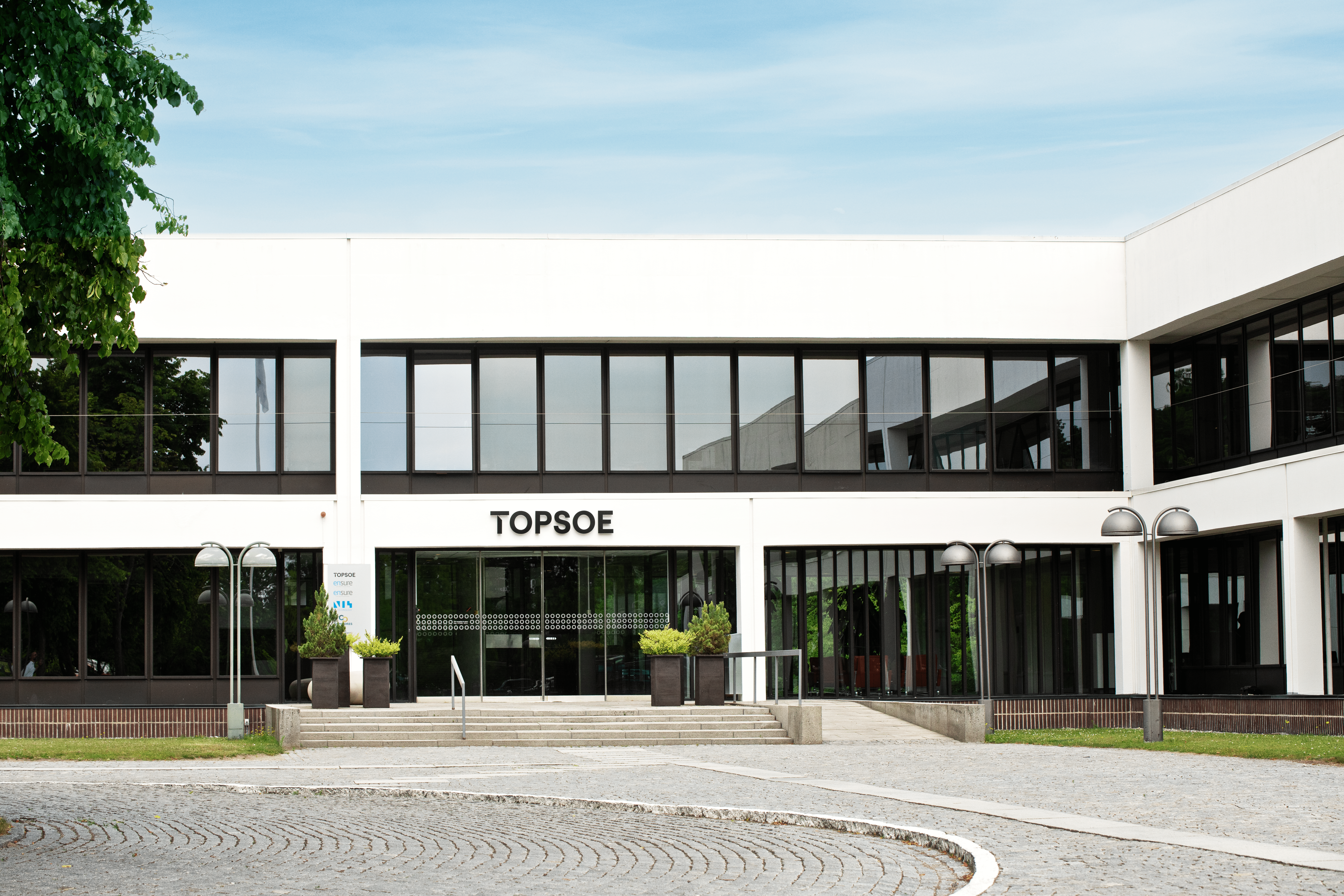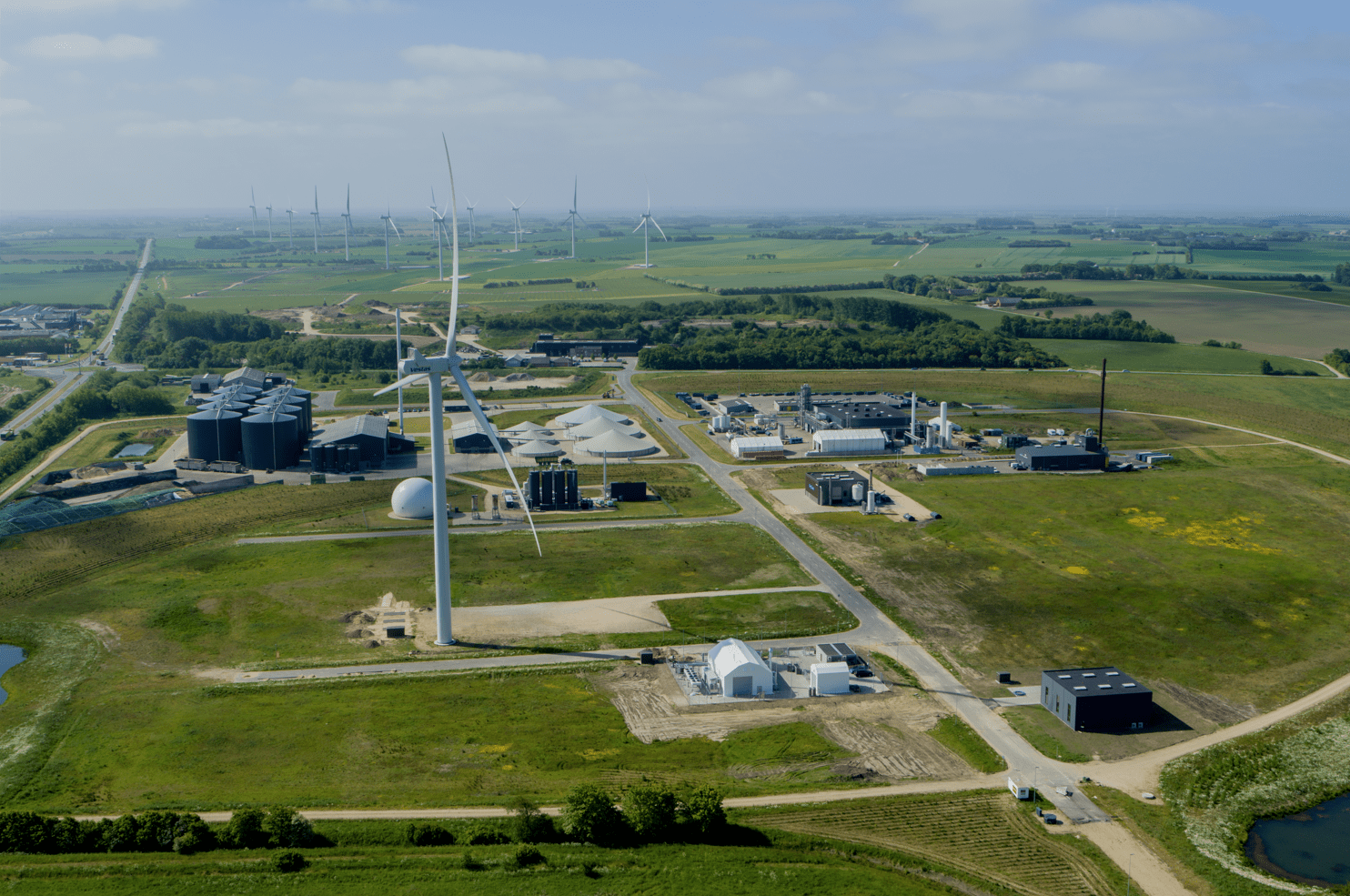News
The global green transition has boosted employment in the Danish green sector
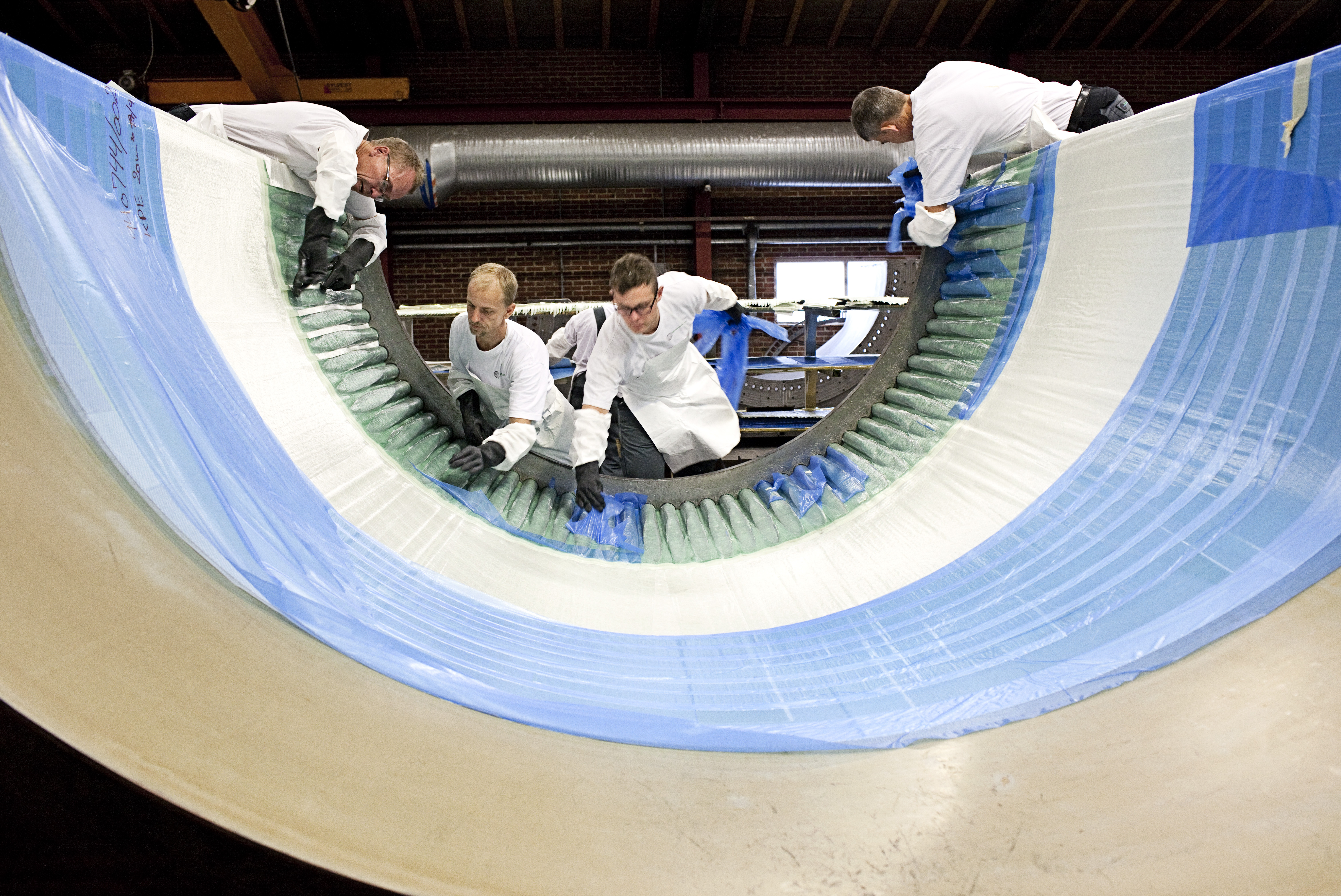

The green transition and a growing world market for green technologies have led to increased employment rates within green goods and services in Denmark. With the green labour force at an all time high in the Danish green sector, and the report anticipates that global investments in green solutions, driven by the Paris Agreement and the Sustainable Development Goals, will increase dramatically.
-Related news: Denmark: Green investments are stepping up a gear
Measuring the potential for green growth and employment
The report focuses on the status of green employment in Denmark as well as the future expectations and the potentials following a global green transition. The analysis shows that the green transition has had, and still has, a positive impact on Danish growth and employment.
Firstly, the green transition has contributed to the creation of thousands of green jobs all across the country, particularly in Central Denmark Region, the Region of Southern Denmark and the Capital Region of Denmark. It has stimulated Danish productivity, and it has strengthened both Danish GDP and export. In addition, both the secondary and induced effects have contributed positively to Danish turnover, value added and employment in the private sector.
At the same time, the analysis emphasises that although Denmark currently holds a strong position as one of the world’s green pioneers, which can ensure continued increase in employment and economic growth for Denmark as global green investments are expected to accelerate, this position is not set in stone. If Denmark does not manage to maintain its green leadership, as competition tightens, there is a risk of losing the positive spill over effects of the green transition on growth and employment.
-Related news: New research report identifies Denmark as global leader in the green energy transition
Five key findings
The report reveals key aspects of the green transition regarding employment, green workplaces in Denmark, productivity in green goods and services, green economical contribution on society, the composition of education in the green sector and the green sector in the future.
The analysis finds the following:
- The number of green jobs have increased over the last 5 years, and employment is primarily located in Central Region Denmark and Region of Southern Denmark. In relation to jobs, the green transition has predominantly benefited populations in Central Region Denmark and Region of Southern Denmark, as well as in the capital region.
- The productivity in the green sector is higher than the average productivity across sectors. However, productivity has experienced a decreasing tendency over the last few years. According to the report, this poses a risk of having a negative effect on the green competitiveness of Denmark in the longer run.
- The effect of the green economy on the aggregate Danish economy is noticeable. The analysis shows that the direct positive effect on the green transition is noticeable. The secondary and induced effects combined are greater than the direct effect, which shows that a green economy like a ripple effect creates advantages for both the Danish economy and can also generate local employment all of Denmark.
- The analysis shows that green jobs largely consist of skilled and unskilled labour. Combined they represent approximately 70 per cent of the people who are employed in the green sector.
- Going forward, the global investments in the green transition will create massive possibilities for economic growth and employment in Denmark. The question therefore is whether Denmark can uphold its green lead by ensuring ambitious goals and frameworks, promoting science and technology development, and further qualifying and educating the workforce to meet demands.
Source:
CONCITO
You should consider reading
events
Carbon capture, storage and utilisation
+4
